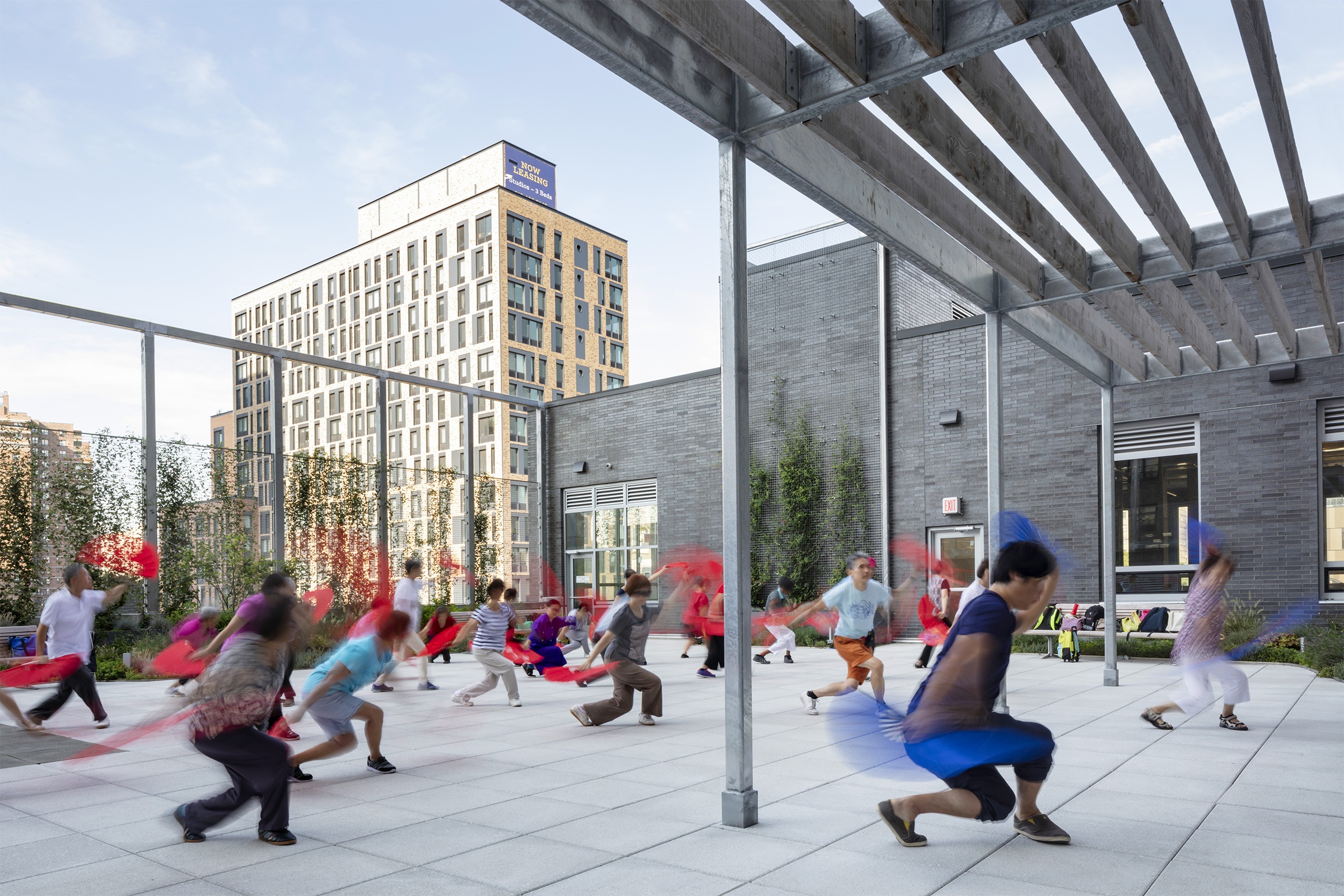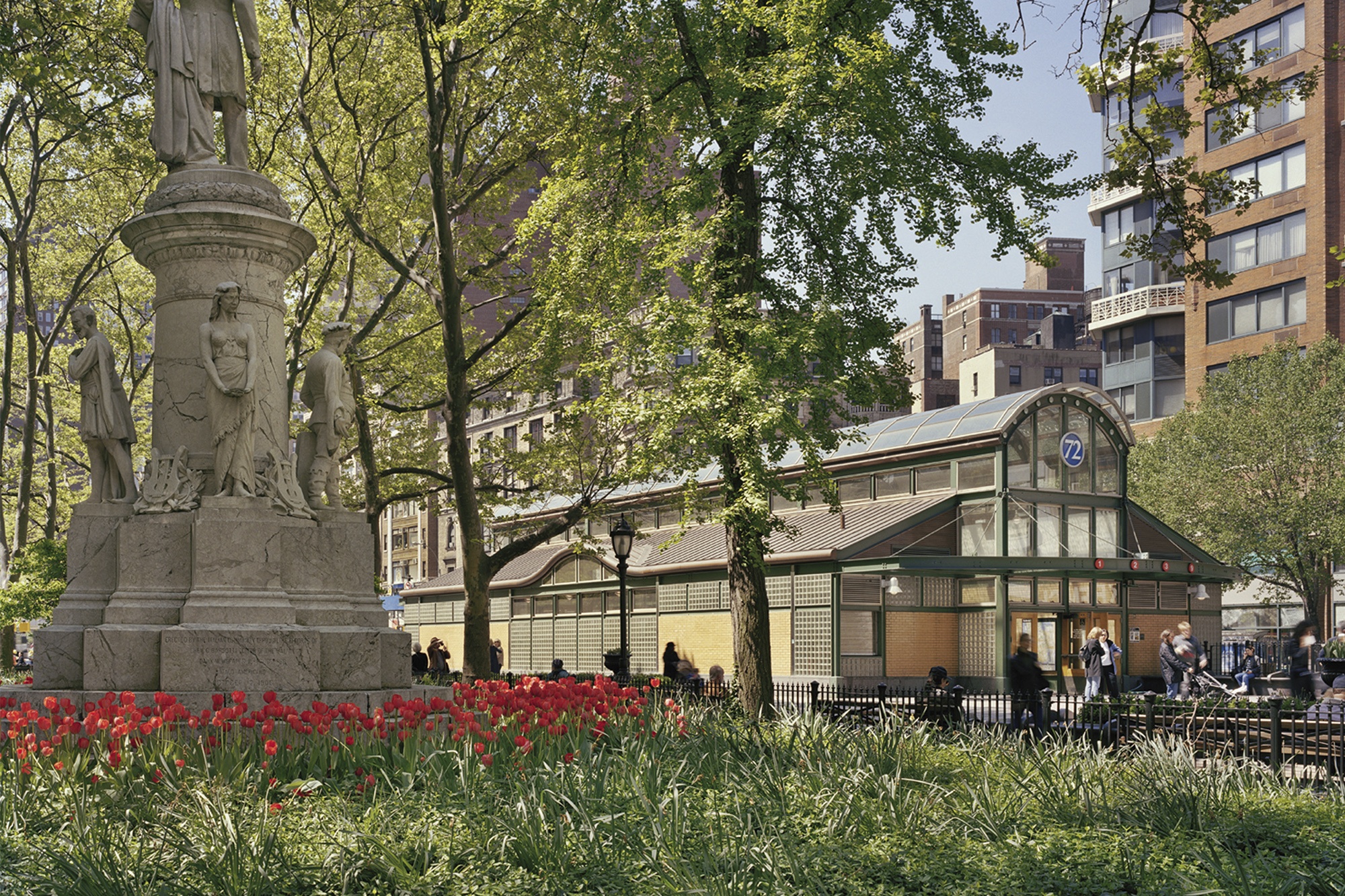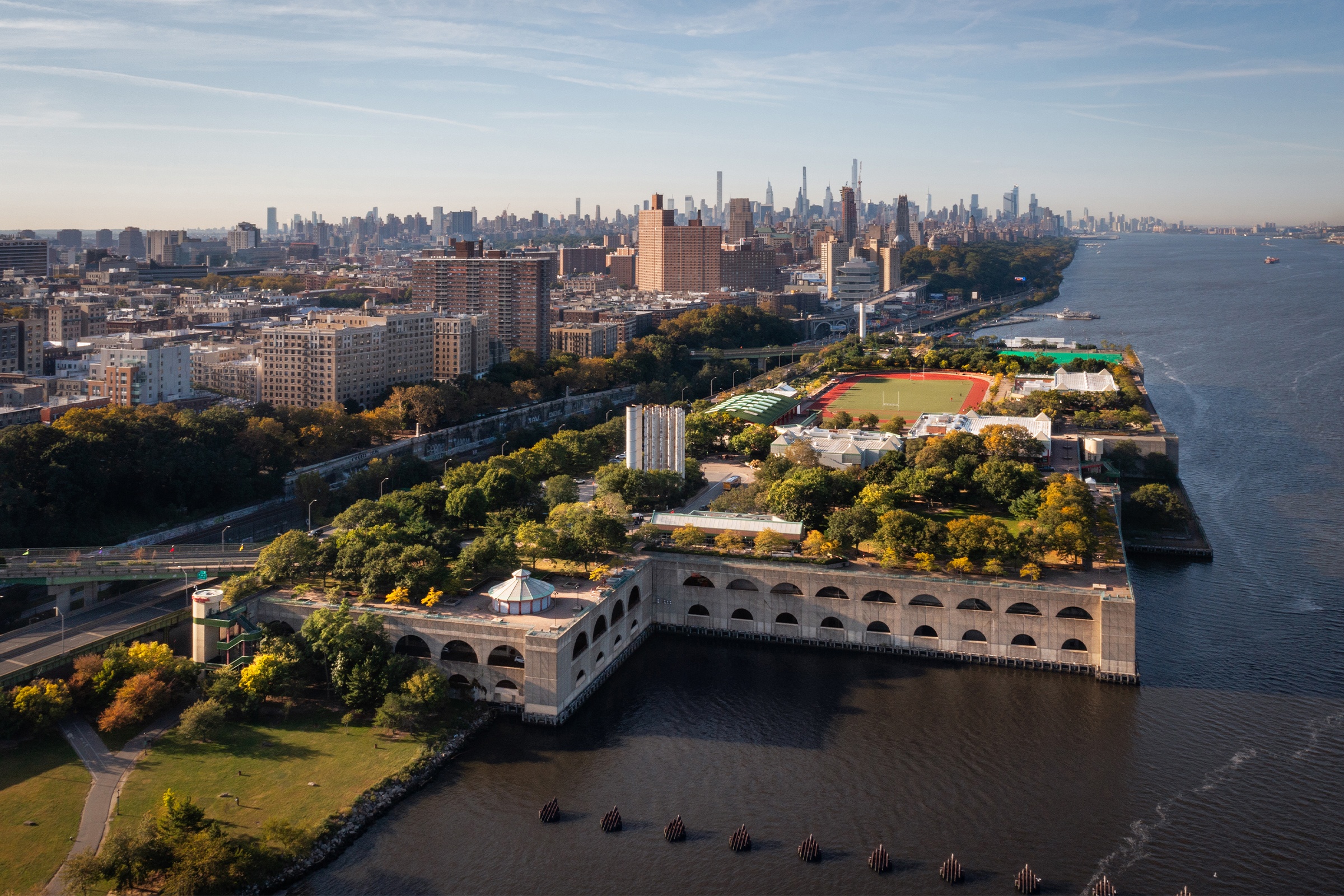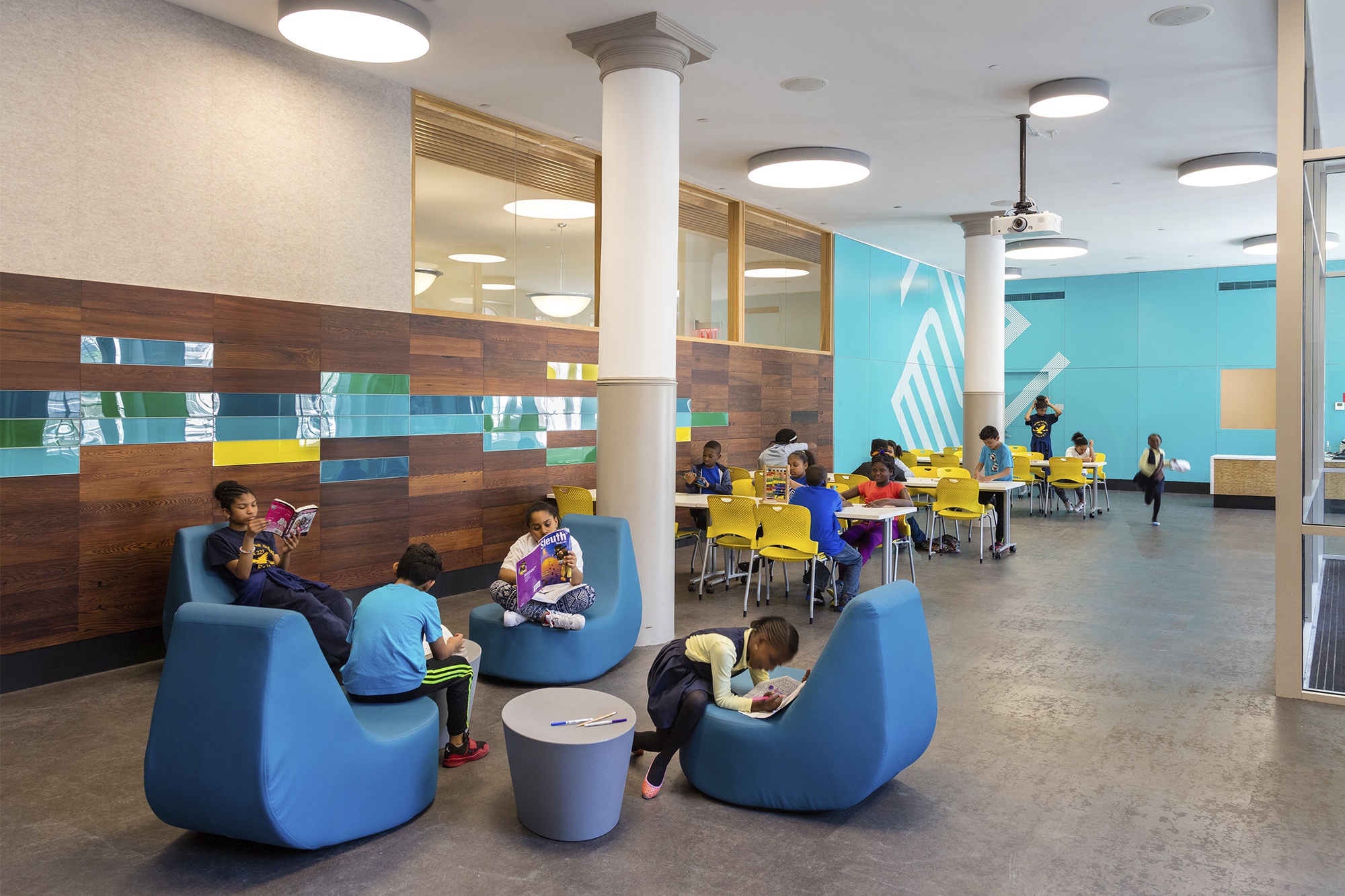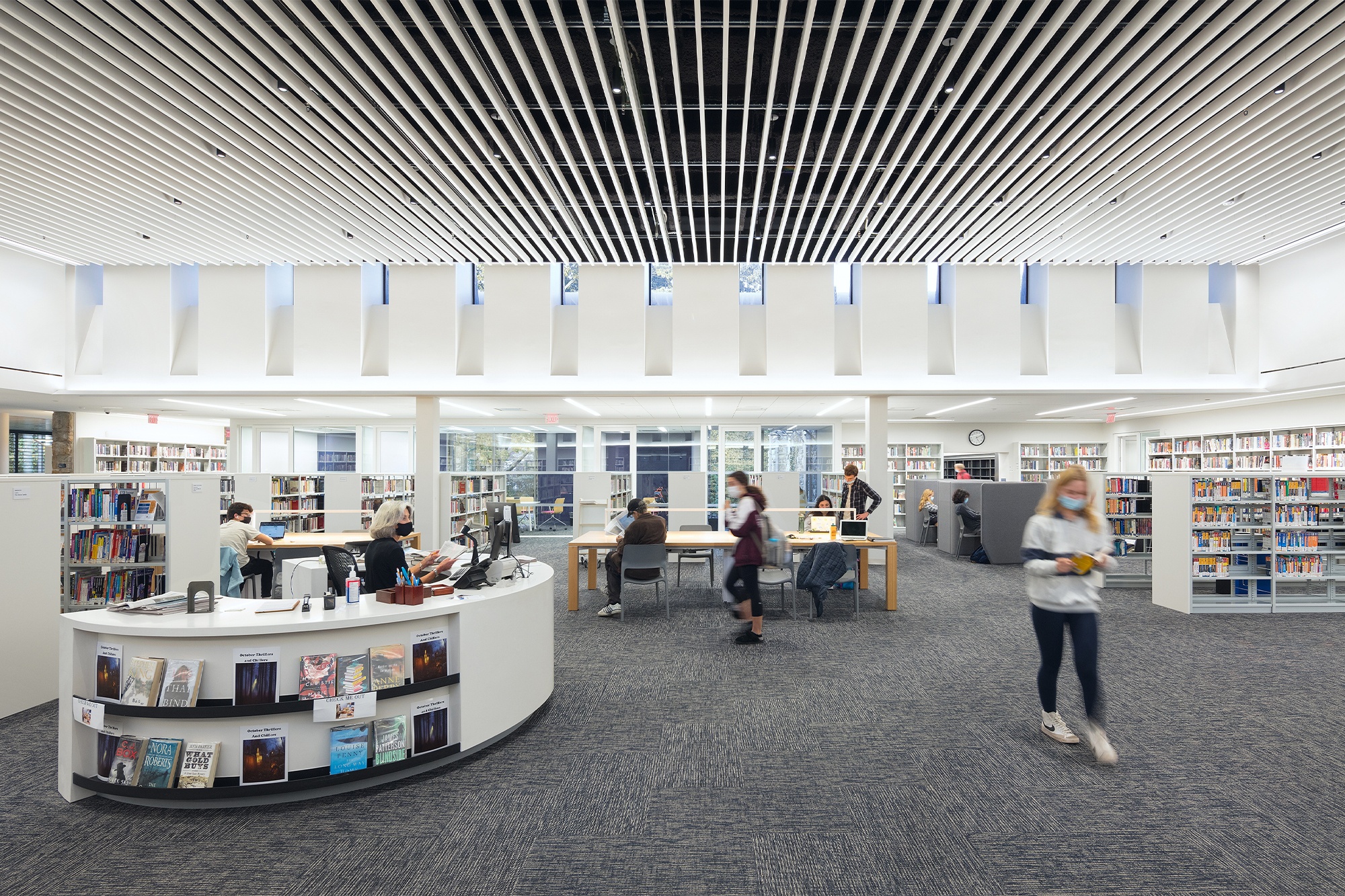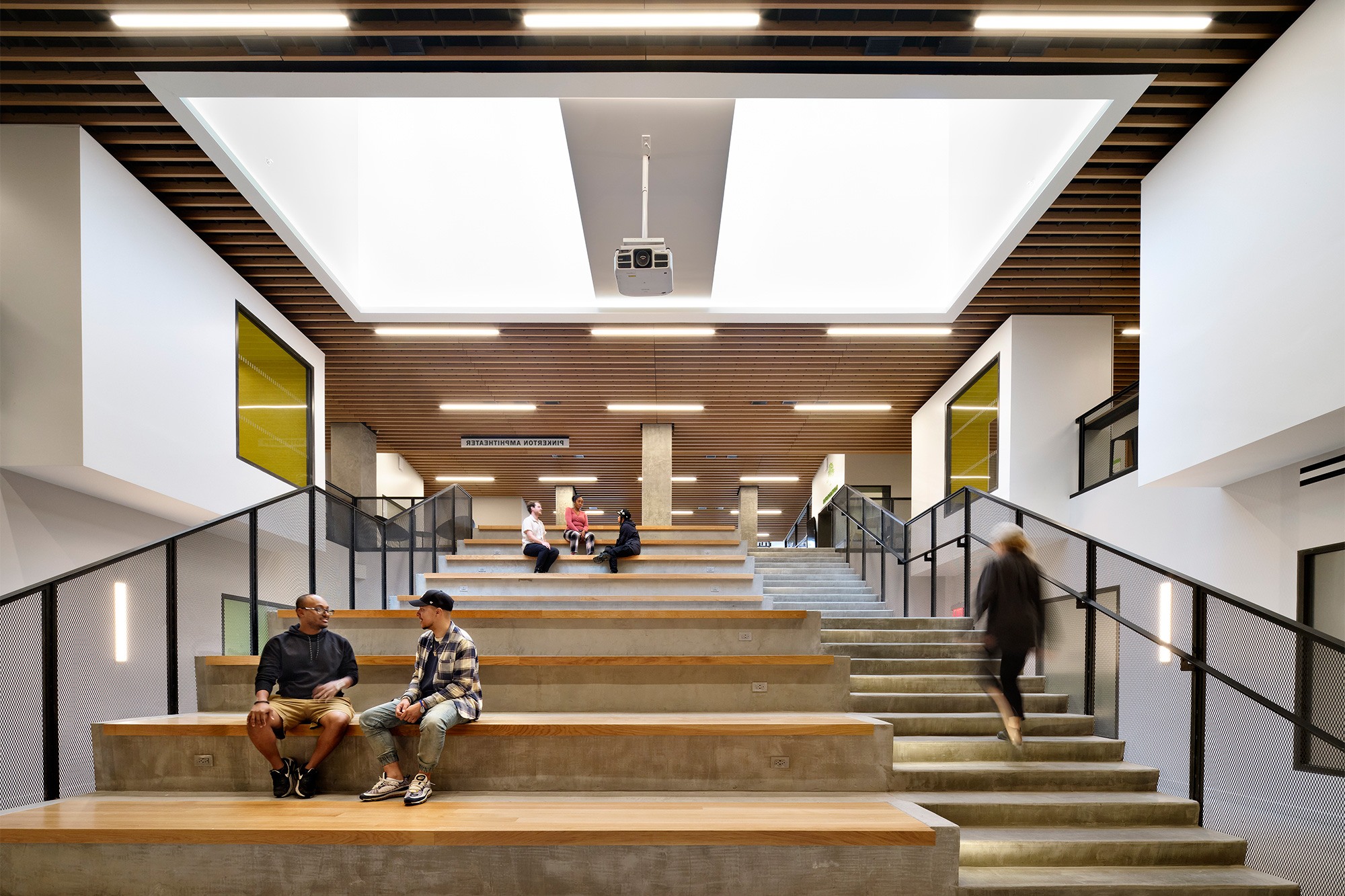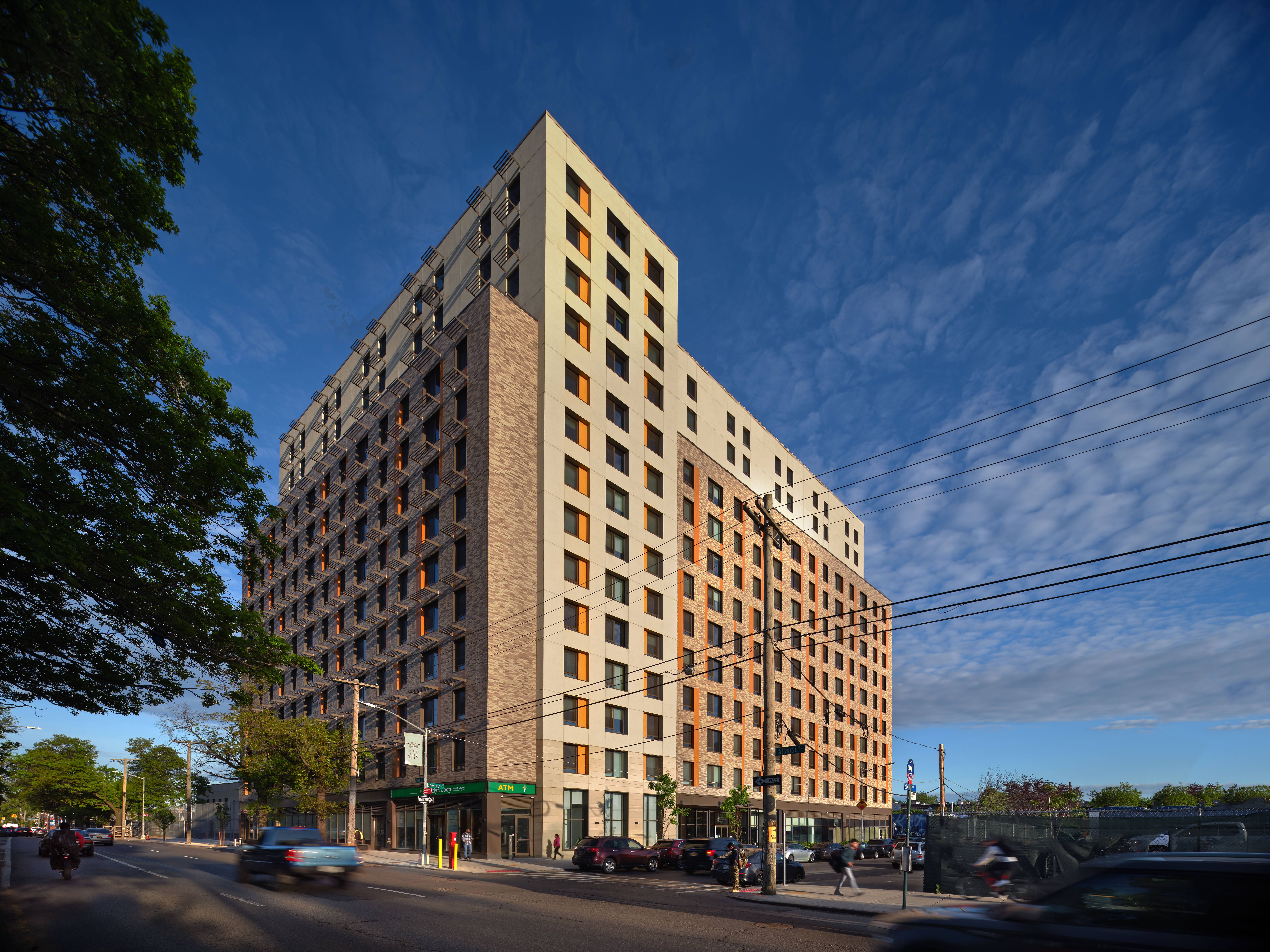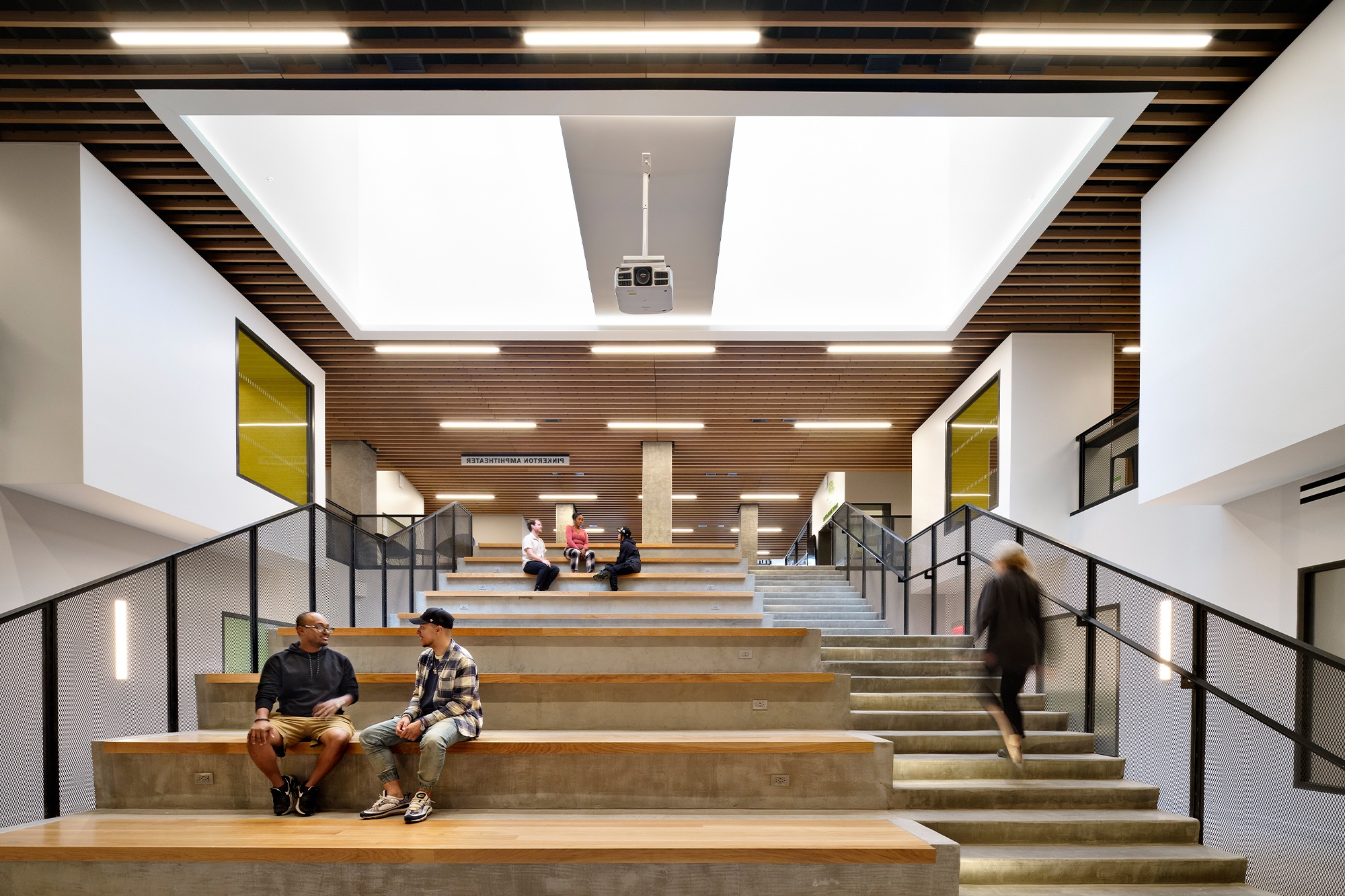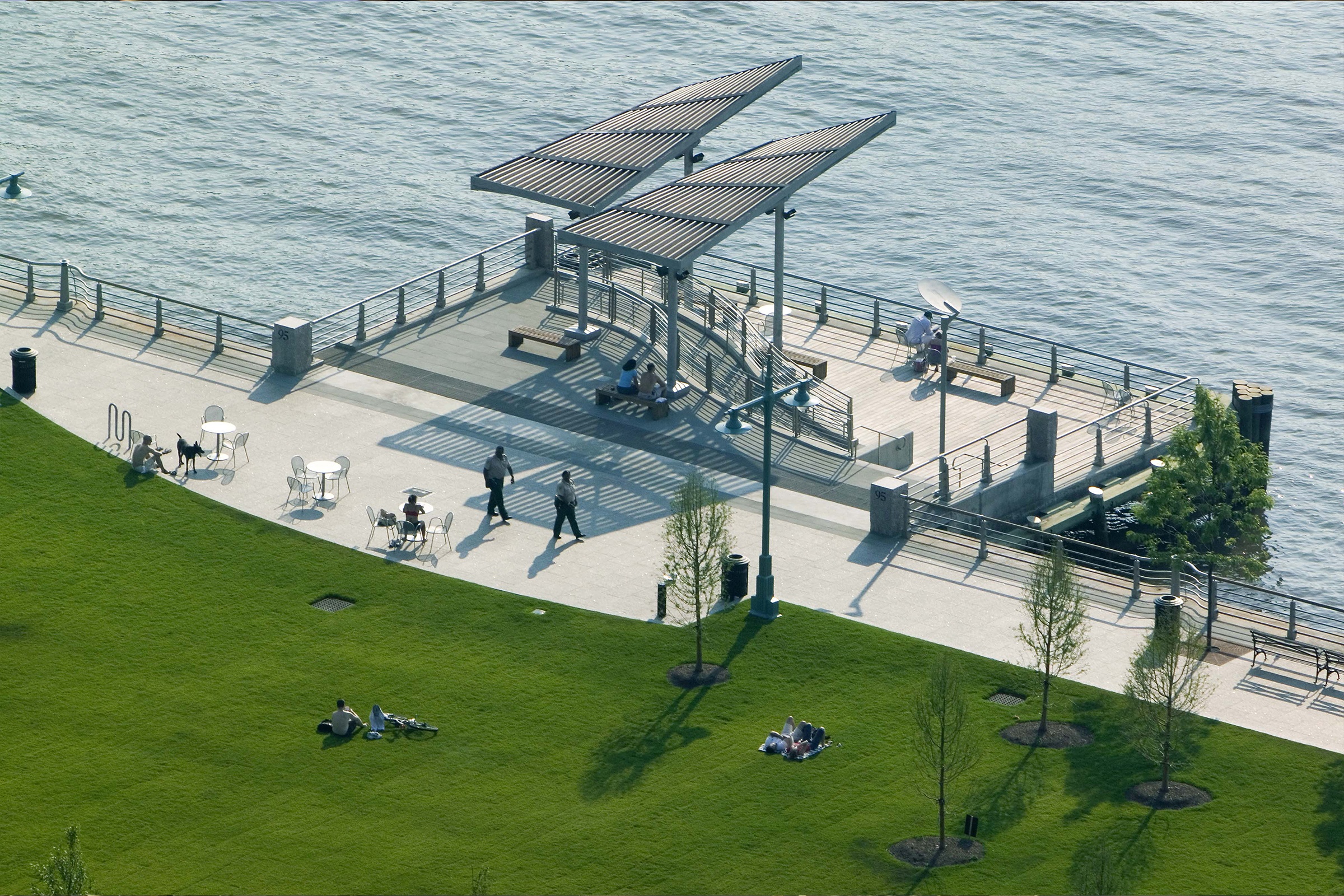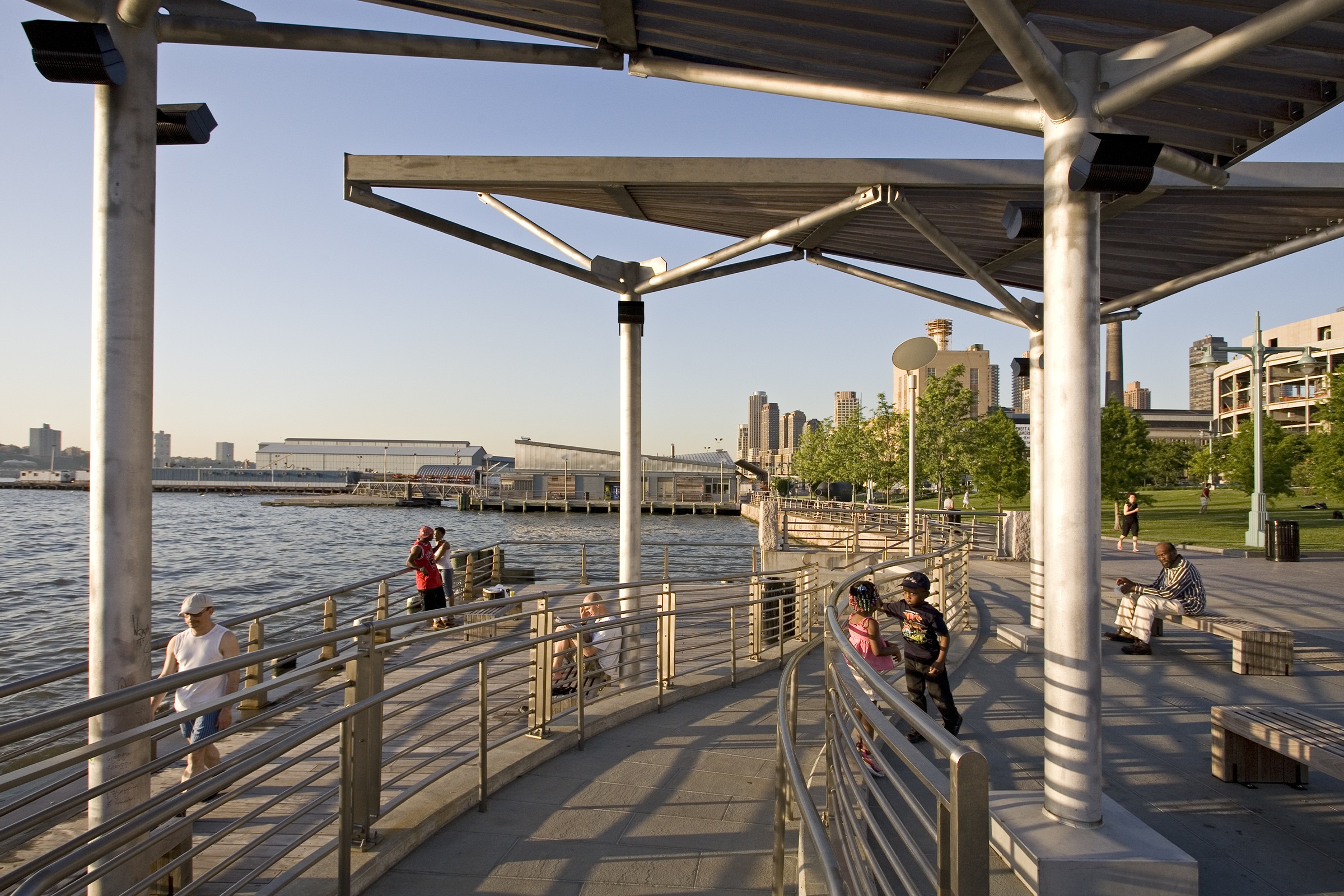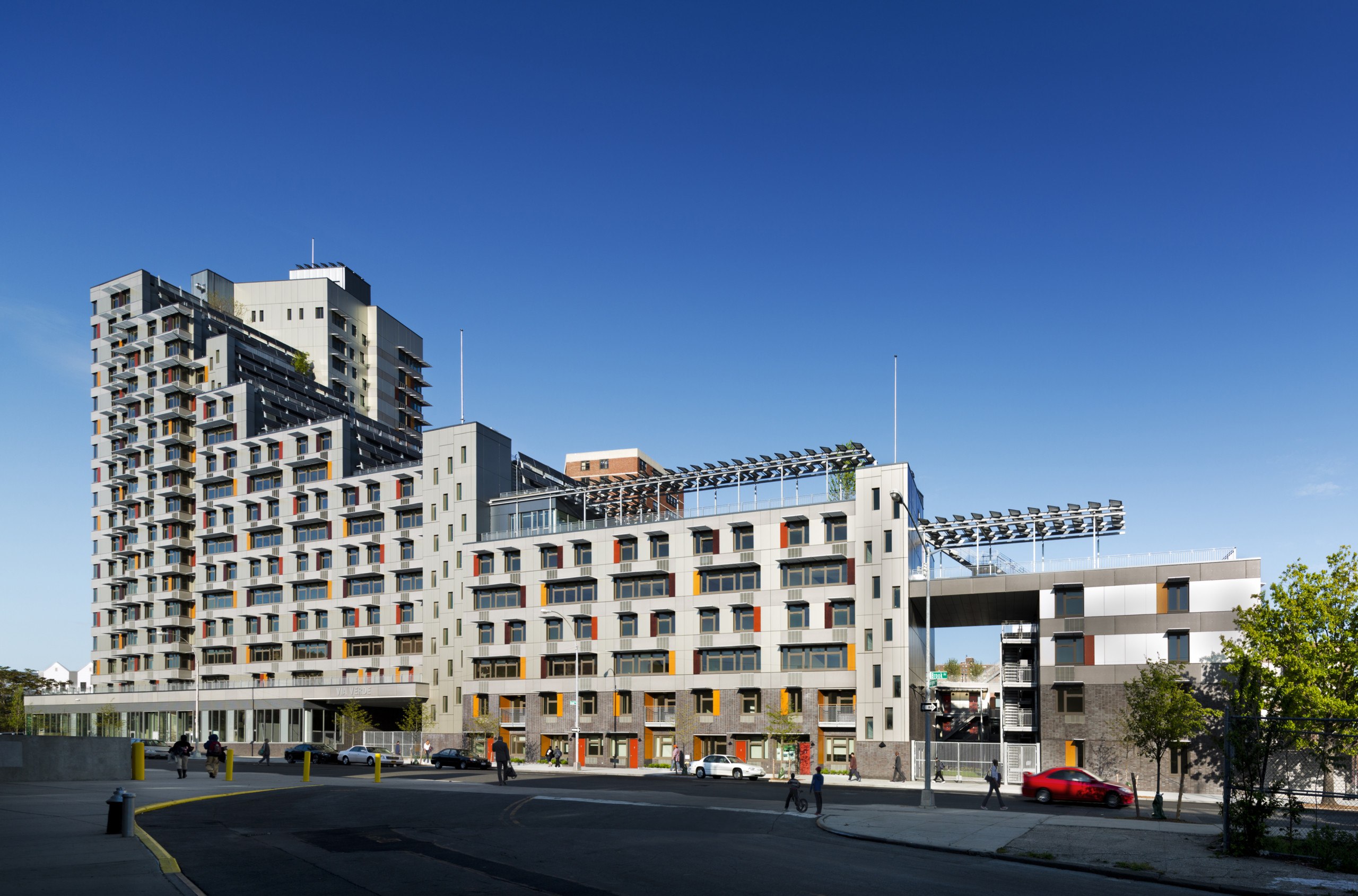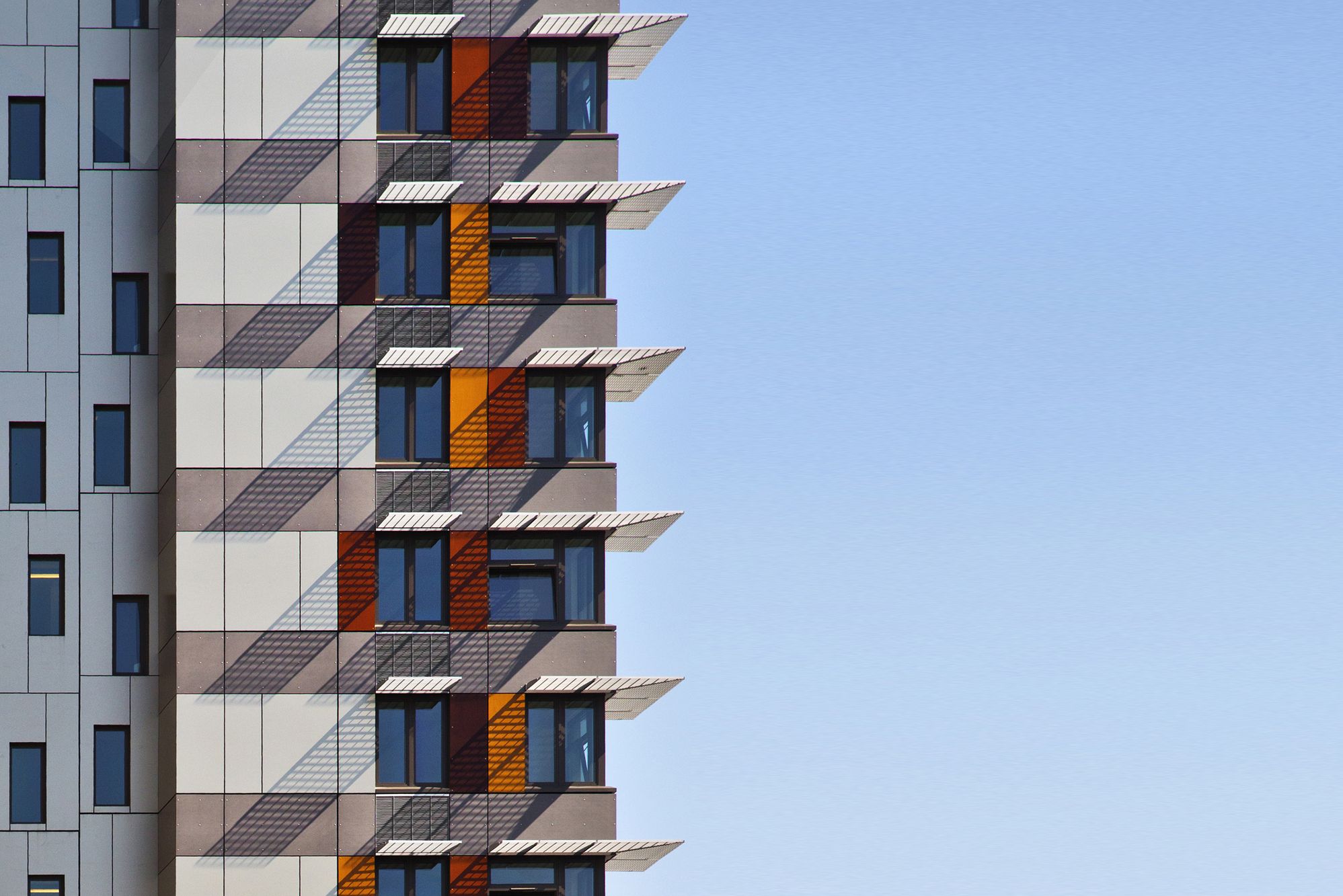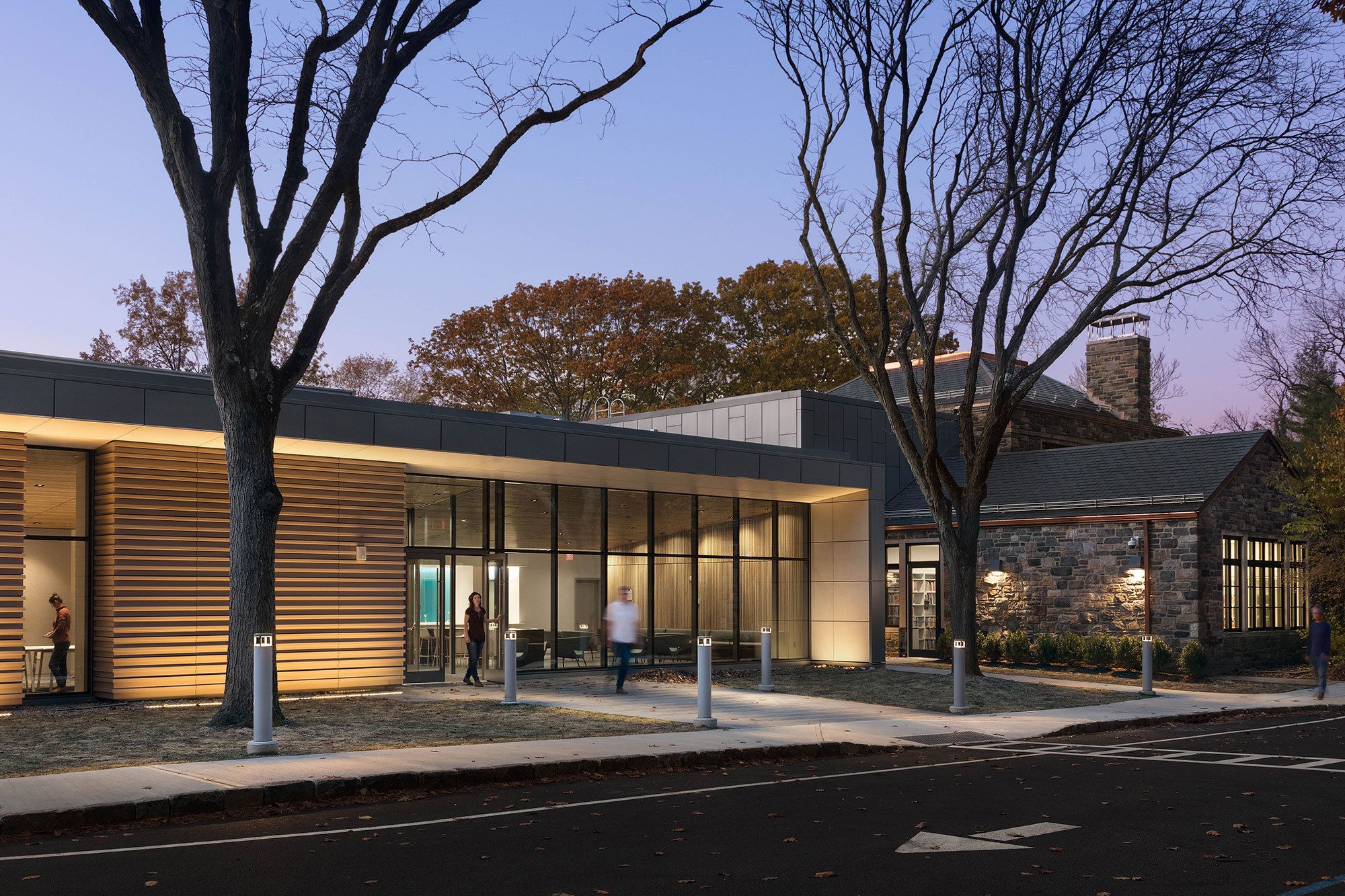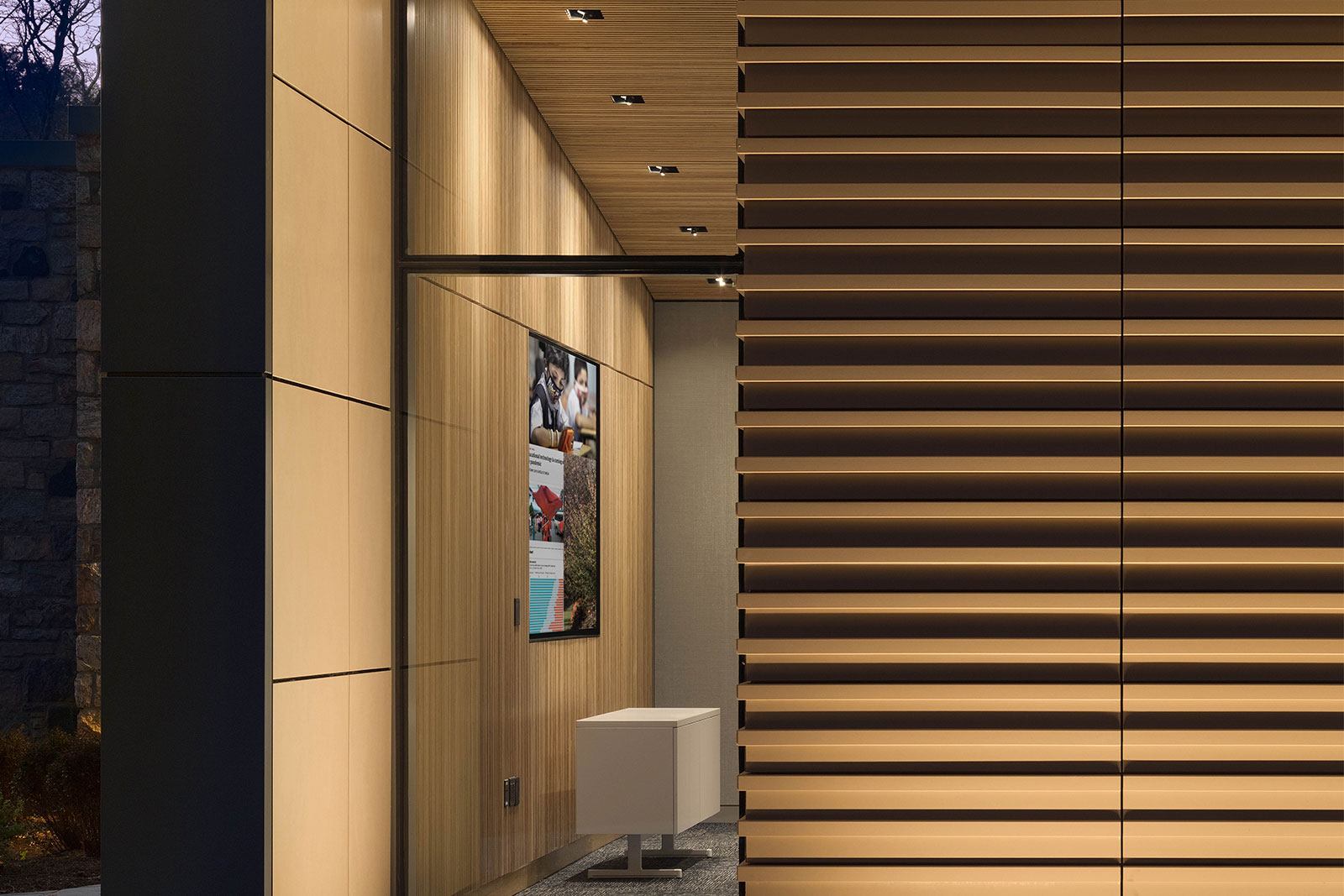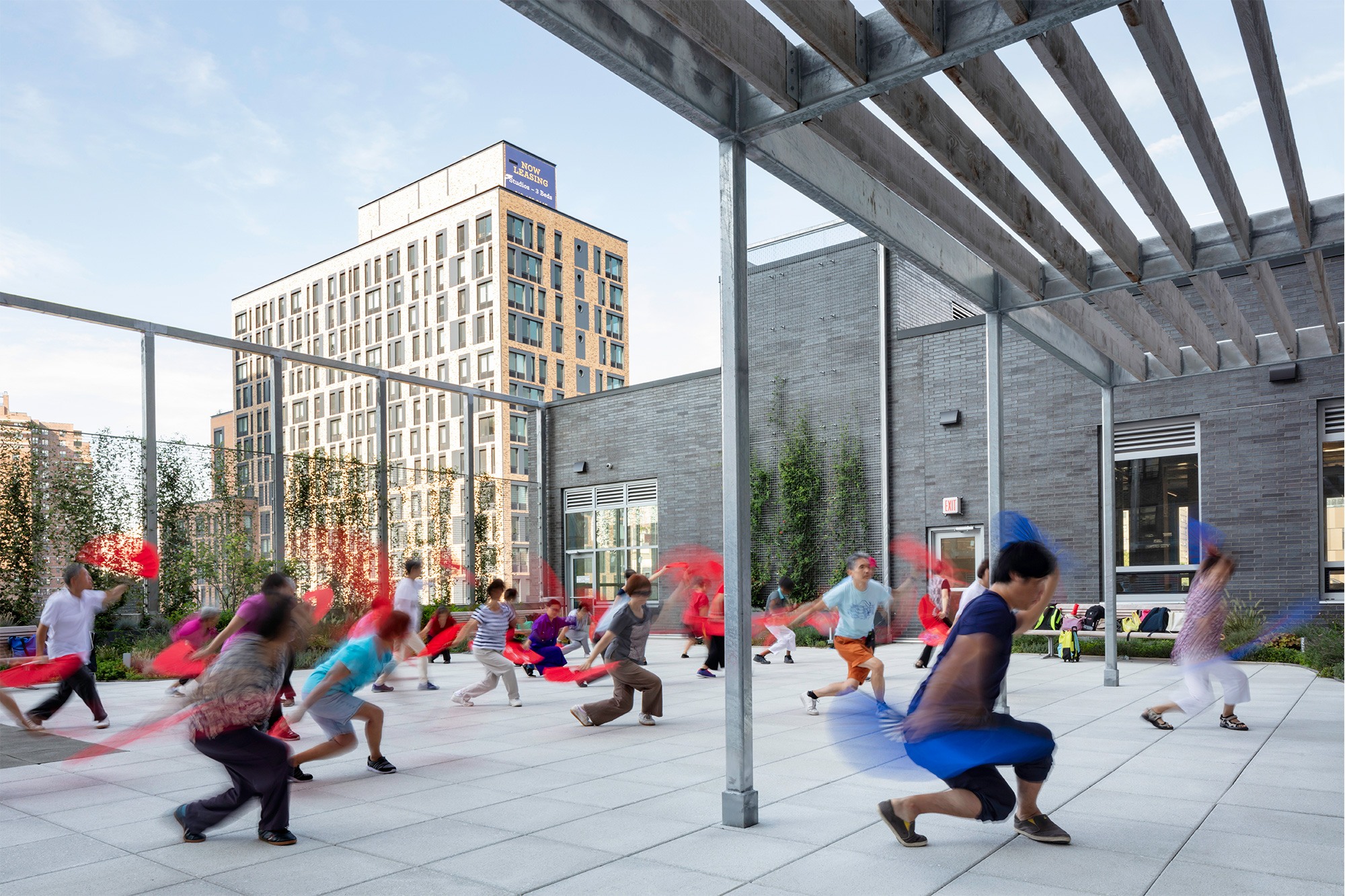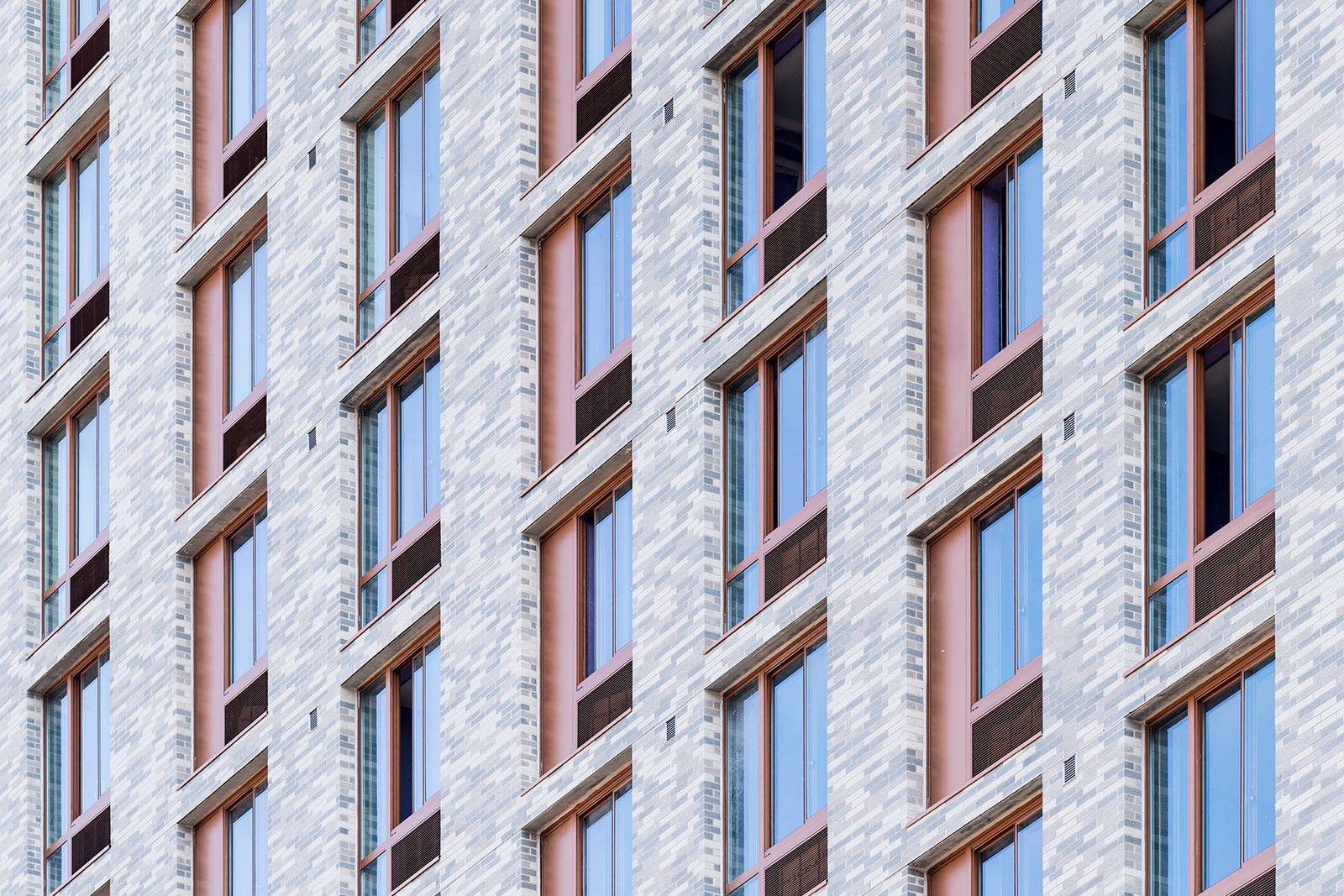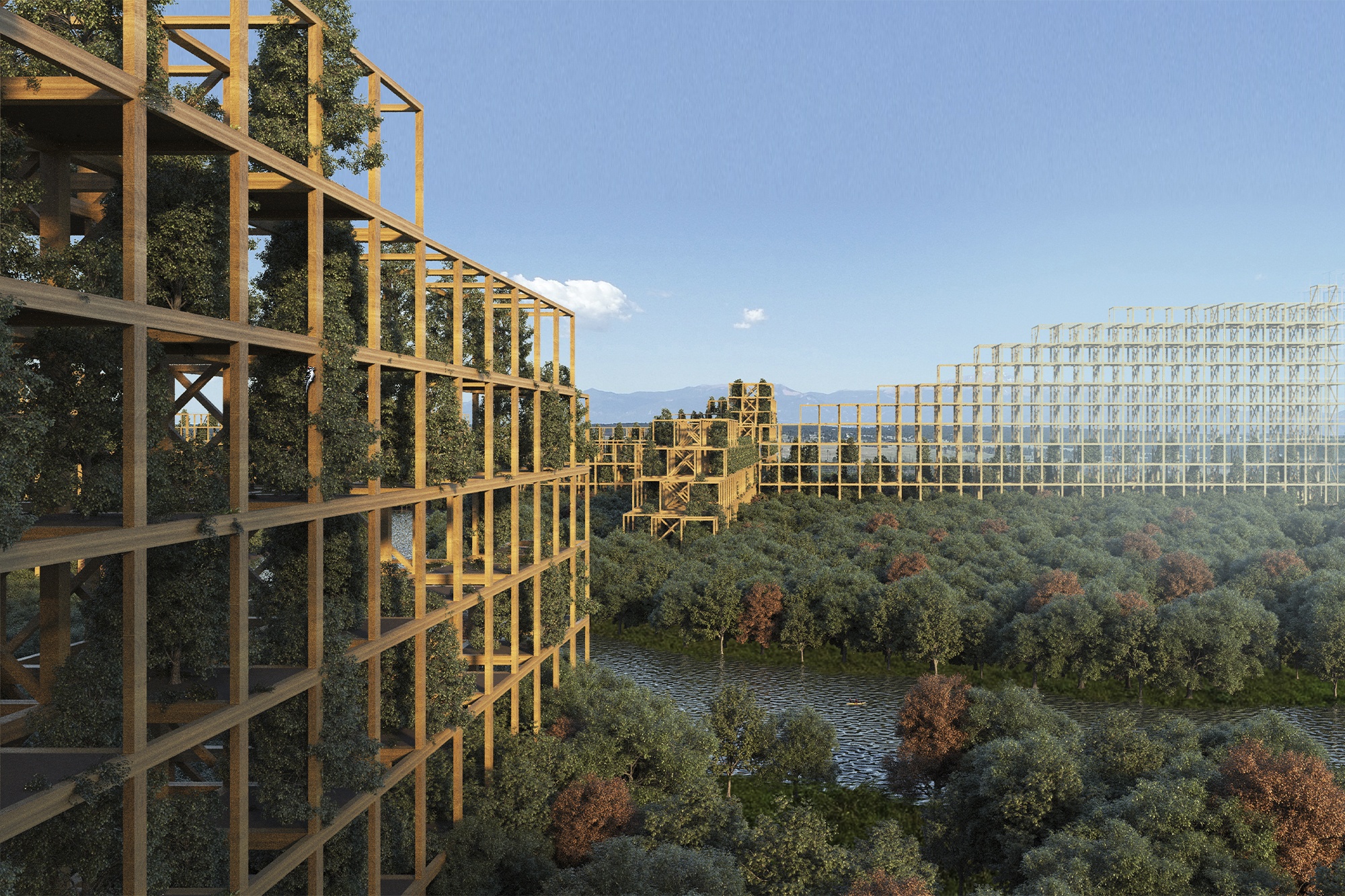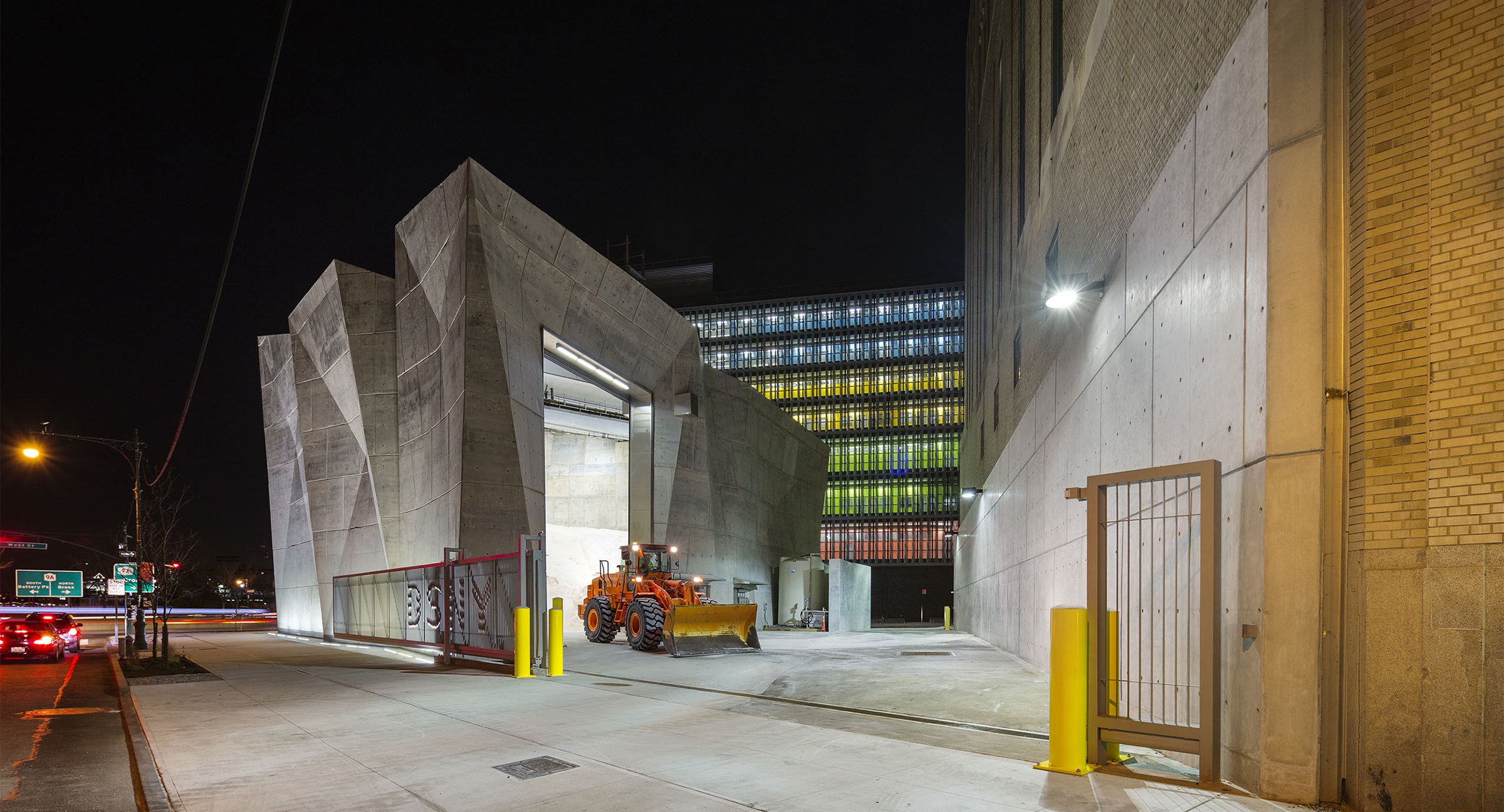Beyond the familiar social spaces of home and work are our spaces between: libraries, parks, learning environments, cafes, clubs, and places for worship. Neither house, nor office, these “third places” provide the connective tissue of communal, collective life.
Spaces Between don’t require the intervention of architects, but architecture can be enlisted to strengthen them. Acting on our innate joy and impulse to gather together, architecture marries an urbanistic big picture vision with local and tactical initiative: it occupies a creative ground where Robert Moses and Jane Jacobs meet.
Beyond the familiar social spaces of home and work are our spaces between: libraries, parks, learning environments, cafes, clubs, and places for worship. Neither house, nor office, these “third places” provide the connective tissue of communal, collective life.
Spaces Between don’t require the intervention of architects, but architecture can be enlisted to strengthen them. Acting on our innate joy and impulse to gather together, architecture marries an urbanistic big picture vision with local and tactical initiative: it occupies a creative ground where Robert Moses and Jane Jacobs meet.
